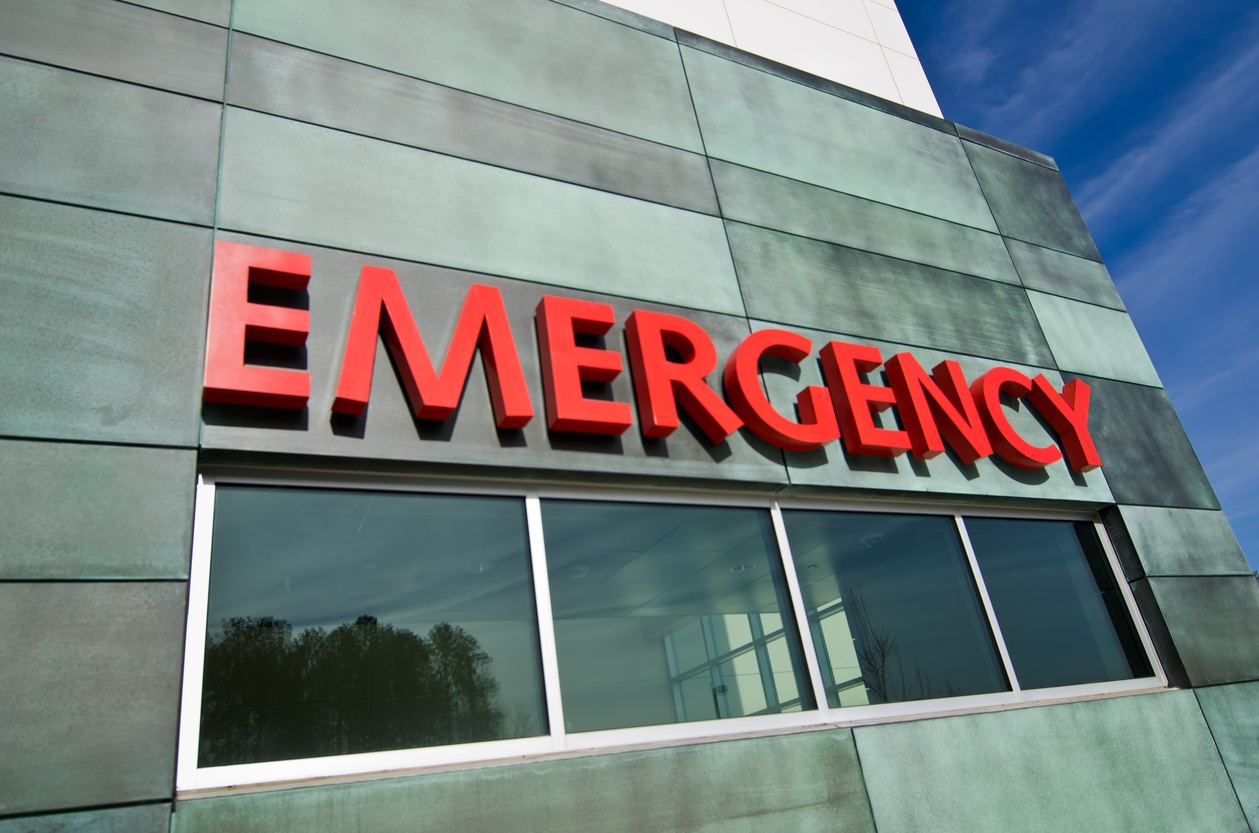
While emergency rooms can take care of most health emergencies and injuries, an ER (or ED, for emergency department) with an integrated trauma center increases the level of care and chances of recovery.

While emergency rooms can take care of most health emergencies and injuries, an ER (or ED, for emergency department) with an integrated trauma center increases the level of care and chances of recovery.
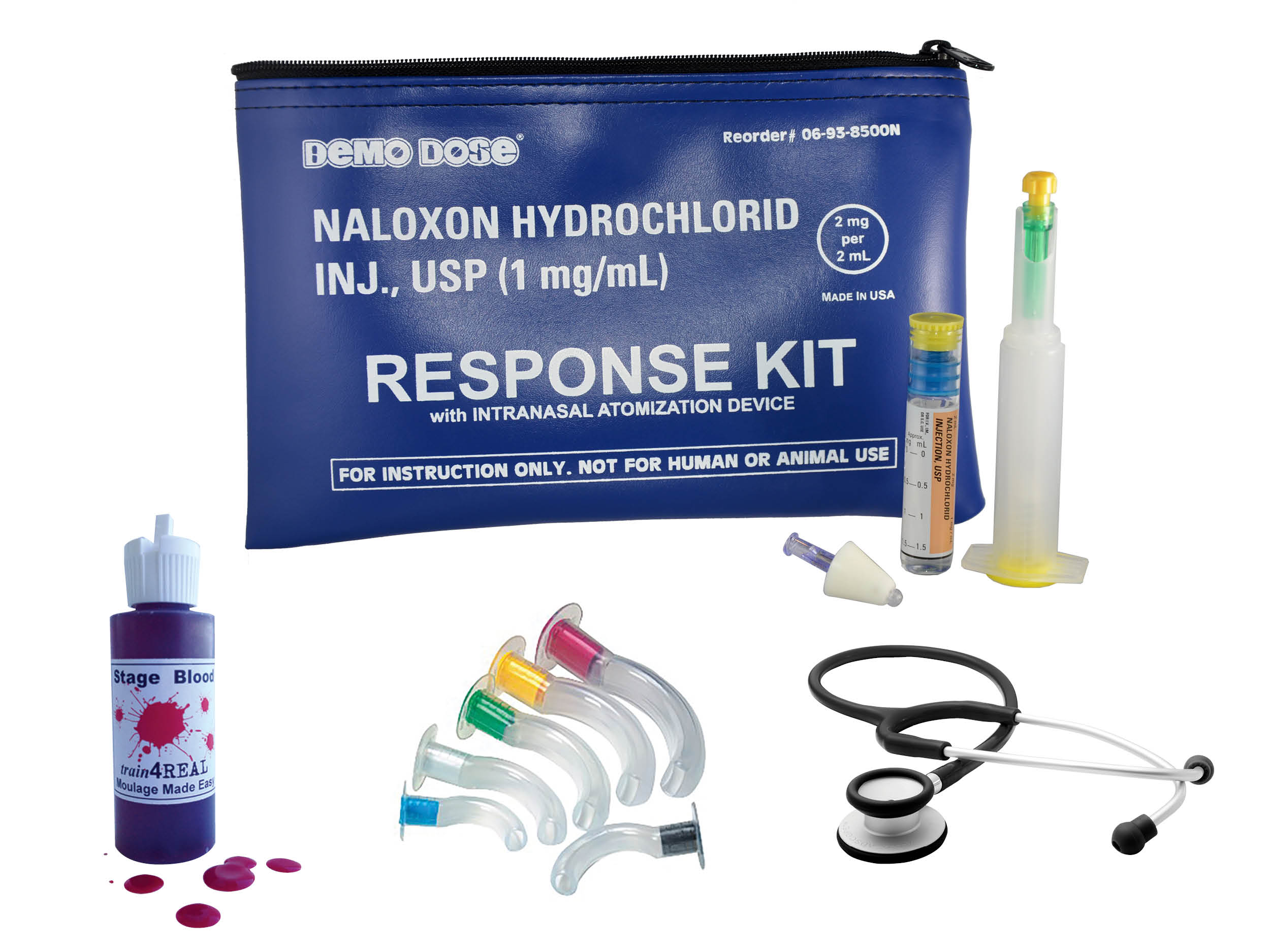
In honor of EMS Week and our 25th anniversary as a medical education supply provider, we’ve pulled a short list of EMS scenario solutions for under $25, all available at the Pocket Nurse website. Pocket Nurse seeks to be a viable one source, one solution for EMS ...

Since 1973, EMS practitioners have been critical component of emergency medicine and the public health safety net.
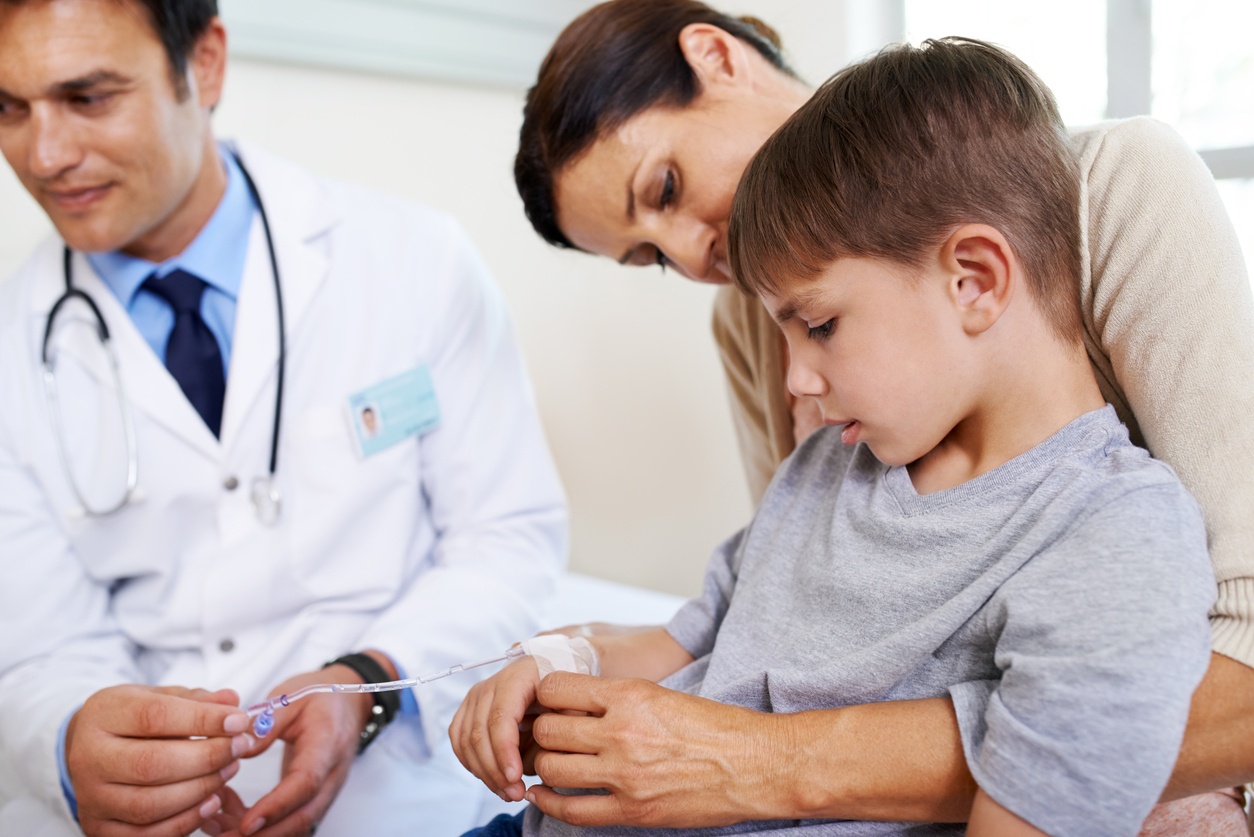
More and more patient care is happening in the home, requiring active parent and family member education. Many times, patients seek to return home after treatment in a hospital, and family members are the caretakers. Effective pre-discharge education is key to effective in-home care.
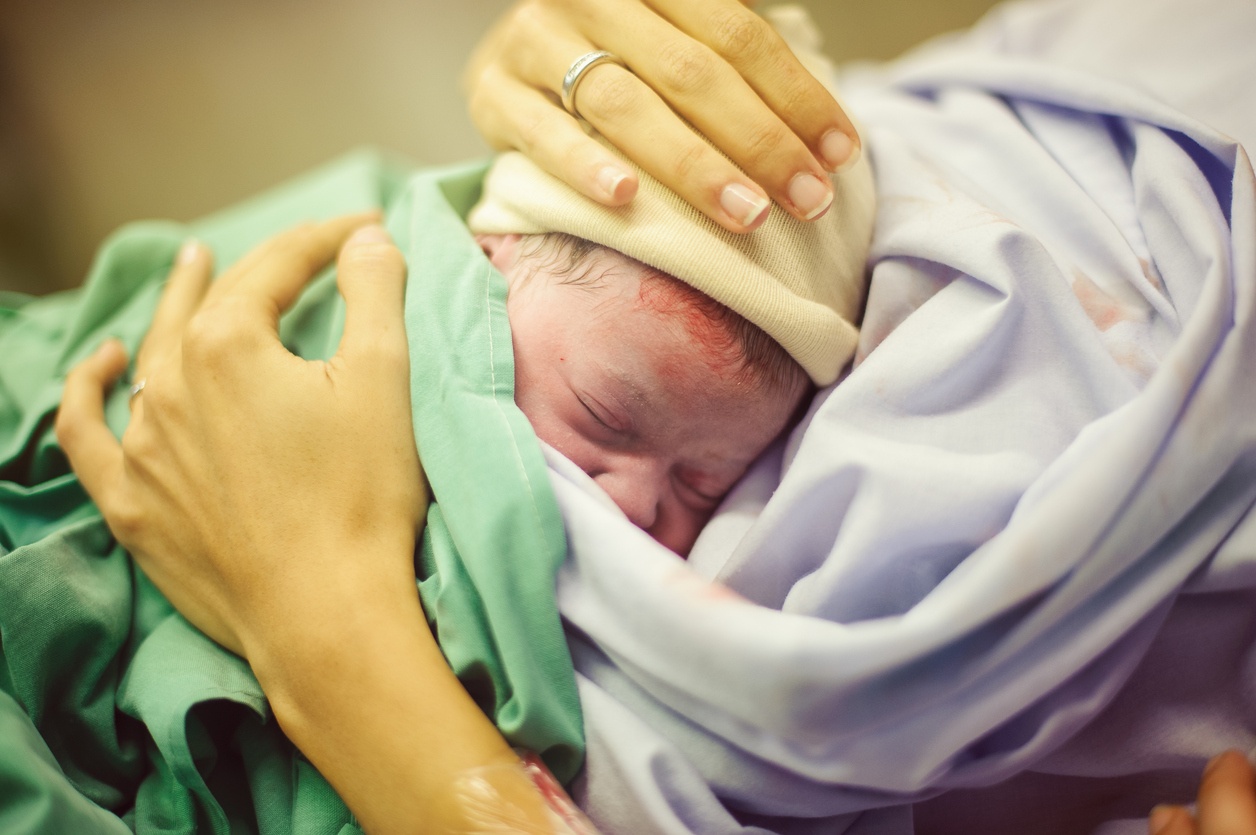
Every year in the United States 700 to 900 women die from pregnancy or childbirth related causes. American women are more than three times as likely as Canadian women to die in the maternal period. (Source)
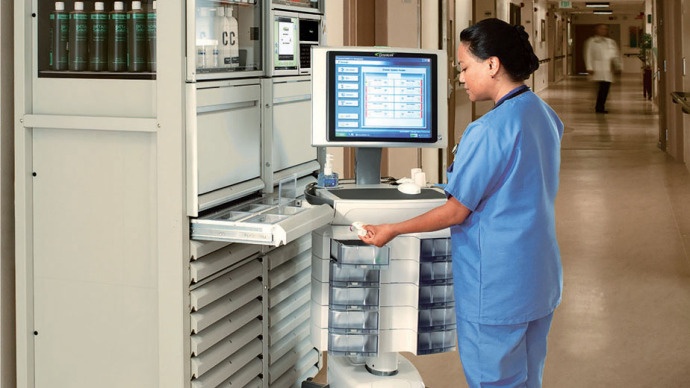
As more hospitals face budget cuts and staff shortages, and HCAHPS scores are becoming more important for reimbursement, nurses’ roles in the hospital setting are expanding. Healthcare systems are increasingly turning to nurses as leading voices for technology implementation and caregiving expertise.
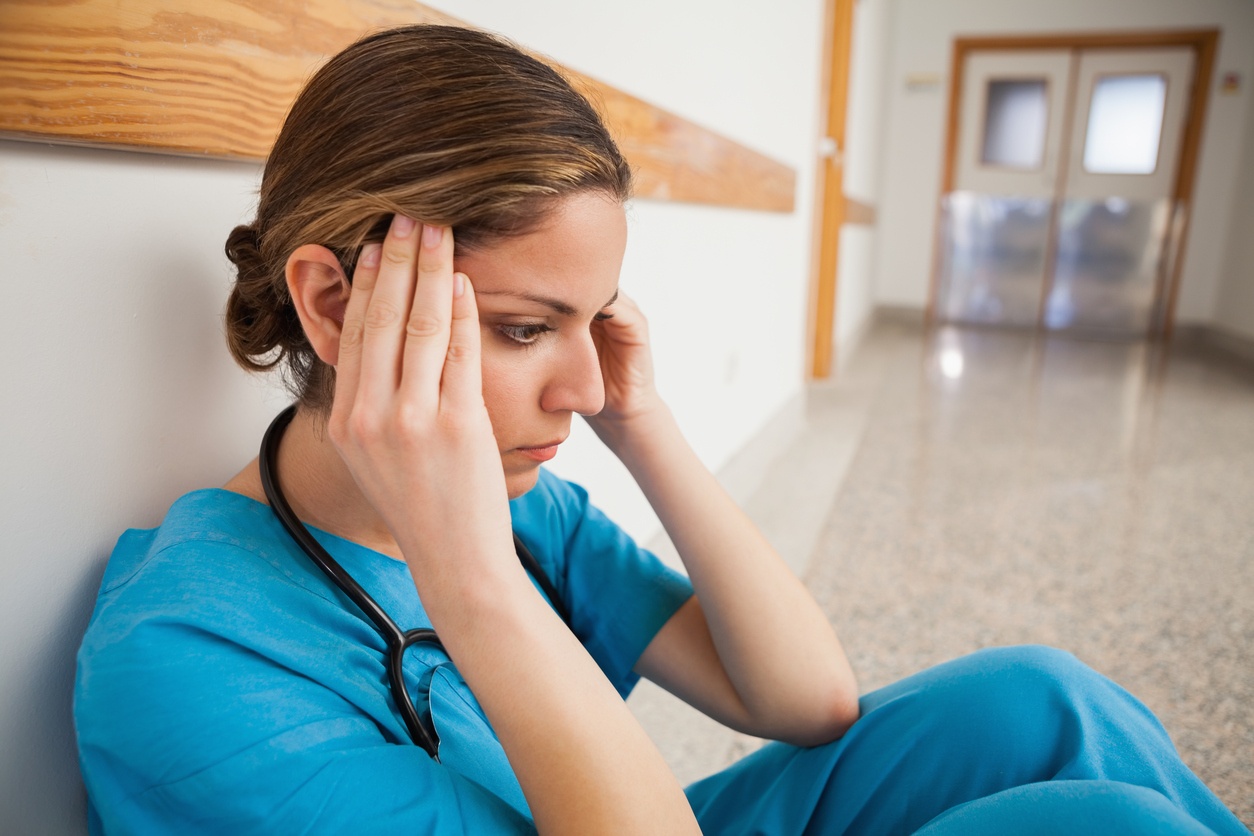
Not everyone is cut out for the hard work of being a nurse. This week is a great time to recognize nurses for all they do in the healthcare community and their role in patient safety. It is imperative that Nurse Educators and nursing students avoid burnout by balancing mind, body, and spirit to keep the flame of care alive.
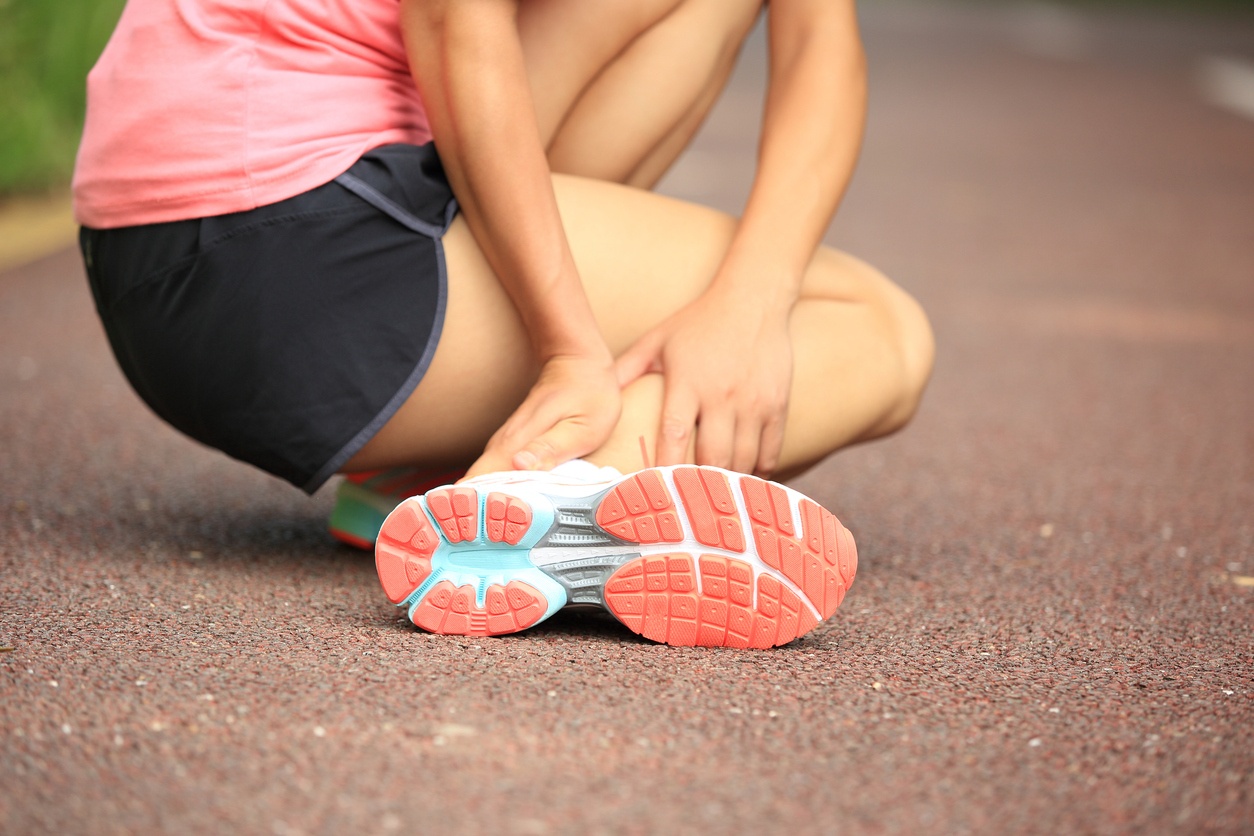
As the weather warms up, recreational activities move outdoors. Marathons, for example, pose challenges for emergency response professionals tasked with supervising runner health.

Using candy as a stand-in for simulated medication in educational scenarios is risky and unprofessional. It puts patients at risk if healthcare professionals don’t recognize and understand the importance of their actions. If a simulation scenario is too casual, that attitude can carry over to real-life situations.